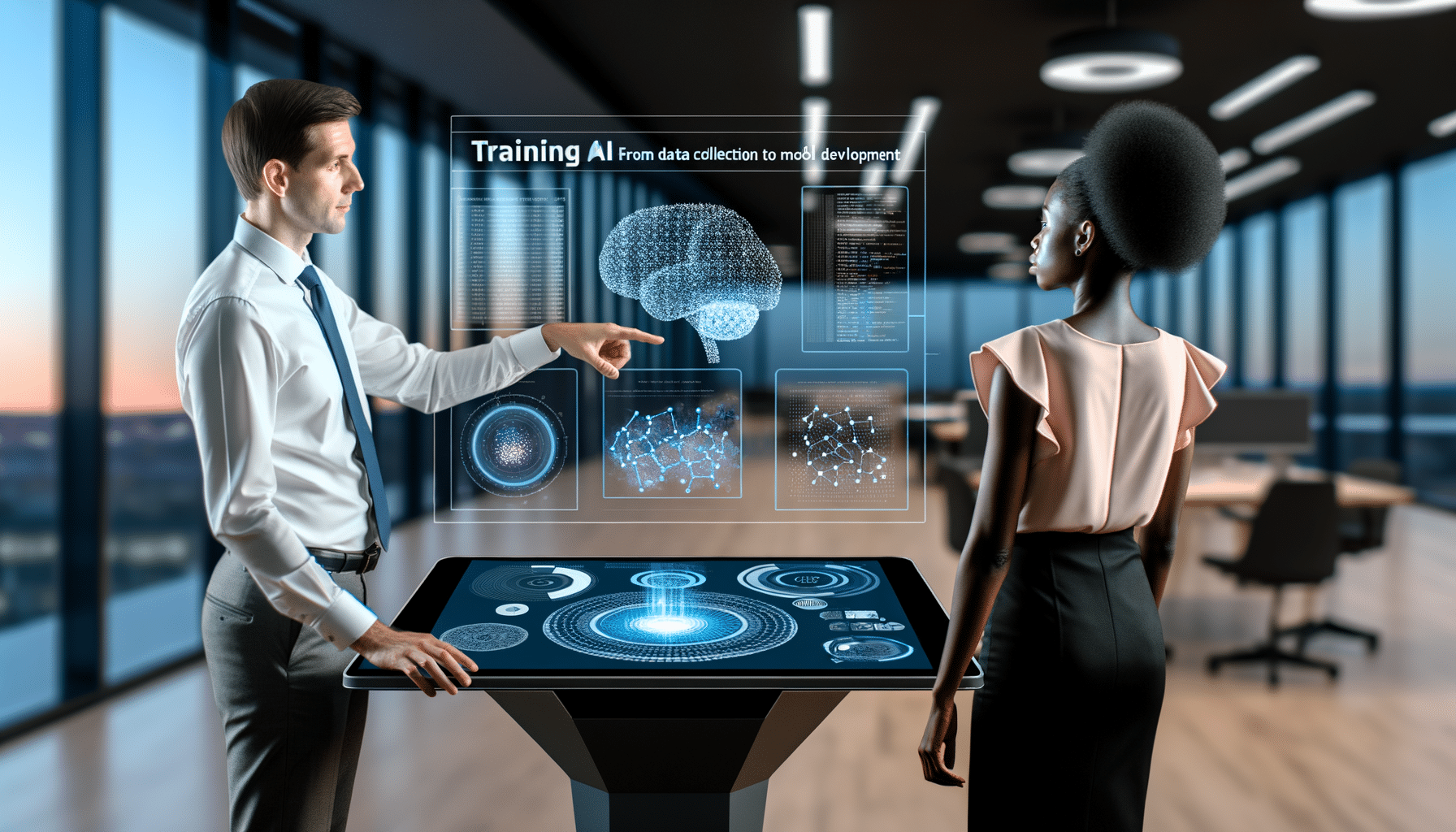In the fast-evolving world of technology, AI models have become essential tools for businesses, governments, and individuals alike. Yet, the intricacies of AI Training are still a mystery to many. As a founder of RecordsKeeper.AI, which leverages AI for managing records more effectively, I’m excited to delve into what it takes to build a machine learning model from the ground up.
Understanding the Basics of AI Training
AI Training is a process that involves teaching a machine to perform tasks by learning from data. Sounds simple? Let me break it down further for you. A model, at its core, is trained to recognize patterns and make decisions based on input data. This skill becomes invaluable in automating processes, such as the automated categorization feature we offer at RecordsKeeper.AI.
The Role of Data in AI
Before we embark on the journey of training a model, data collection is fundamental. In essence, data is the lifeblood of any AI system. The quality and quantity of data you feed into an AI system significantly impact its performance.
- **Data Collection:** Start with gathering relevant data. Whether it’s customer feedback, images, or sales records, they all serve as valuable resources for training. Sources can be internal databases or external datasets available online.
- **Data Preprocessing:** This step involves cleaning and organizing the data. Removing duplicates, filling in missing information, and standardizing formats are crucial to ensure the data is coherent and useable.
Building the Model: Setting the Foundation
Once you have your data, the next phase is the selection and development of the machine learning model. Let’s explore what this entails:
- **Choosing the Right Algorithm:** Depending on the task, different algorithms can be implemented. For example, for image recognition, convolutional neural networks are often used. Recognizing the scope and complexity of the problem is key in deciding which algorithm to implement.
- **Splitting Data:** In general, data is split into training and test datasets. The training data helps in teaching the model, while the test data evaluates its performance.
- **Feature Engineering:** Identifying which variables to focus on is like tuning a musical instrument. You adjust until everything sounds right. This process involves selecting and modifying variables to improve the model’s performance.
Model Training and Testing: The Iterative Process
With the groundwork in place, we proceed to train the model:
- **Training:** During this phase, the selected algorithm and preprocessed data come together. The model “learns” by adjusting to errors it makes, subtly reshaping how it processes data.
- **Evaluation and Tuning:** Here, we test how well the model performed using the test dataset. Iteratively, we tweak parameters, adjust data, and even choose different features to get the best performance.
This stage requires patience and precision. As I learned while developing RecordsKeeper.AI, getting it right can drastically enhance automation capabilities, such as compliance management systems.
Deployment and Continuous Learning
The journey doesn’t end with a trained model. Deploying the model involves integrating it into existing systems, making it available for real-world applications. Monitoring its performance continually is vital to adapt and refine as conditions change.
Why Understanding AI Training Matters
The transition from data collection to model development can seem daunting. But, understanding AI Training not only illuminates the way which AI systems operate but also empowers you to leverage their full potential.
At RecordsKeeper.AI, we continuously explore enhancements that can push the functionality of AI models even further. This requires a deep understanding of AI and machine learning, which translates into groundbreaking solutions like our automated categorizations and secure data rooms.
As we reflect on this journey, the benefits of successful AI model training—from improving security and compliance to ensuring efficiency—become abundantly clear. I urge you to dive deeper into the fascinating world of AI and explore how it can transform your operational landscape.
Thank you for joining me in this exploration. For more on AI Training and insights into tech innovations, follow along as I continue to share what I learn from the world of AI and beyond.








